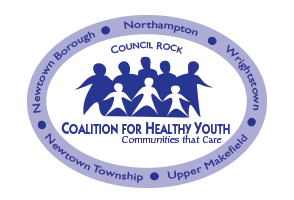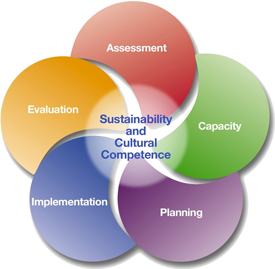This framework uses findings from public health research along with
evidence-based prevention programs to build capacity and sustainable prevention. This, in turn, promotes resilience and decreases risk factors
in individuals, families, and communities.
The SPF uses a five-step planning process to guide states, jurisdictions, tribes, and communities in the selection, implementation, and evaluation of effective, culturally appropriate, and sustainable prevention activities.
The SPF process:
- Promotes youth development
- Reduces risk-taking behaviors
- Builds assets and resilience
- Prevents problem behaviors across the life span of the programs
SPF steps require states, territories, federally recognized tribes and tribal organizations, and communities to systematically:
- Assess their prevention needs based on epidemiological data
- Build their prevention capacity
- Develop a strategic plan
- Implement effective community prevention programs, policies, and practices
- Evaluate their efforts for outcomes
The SPF is built on a community-based risk and protective factors approach to prevention. Also, there is a series of guiding principles that can be utilized at the federal, state or tribal, and community levels.






